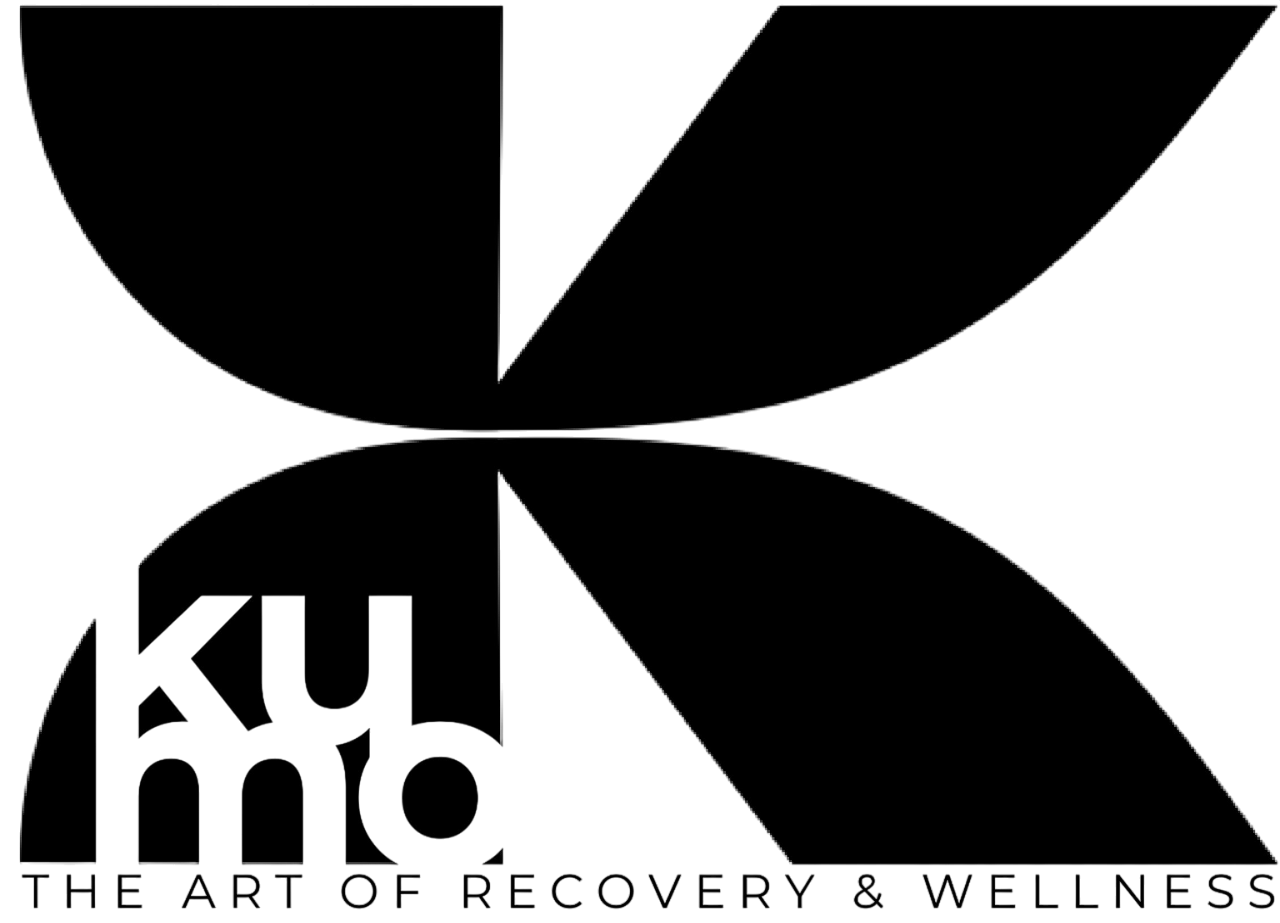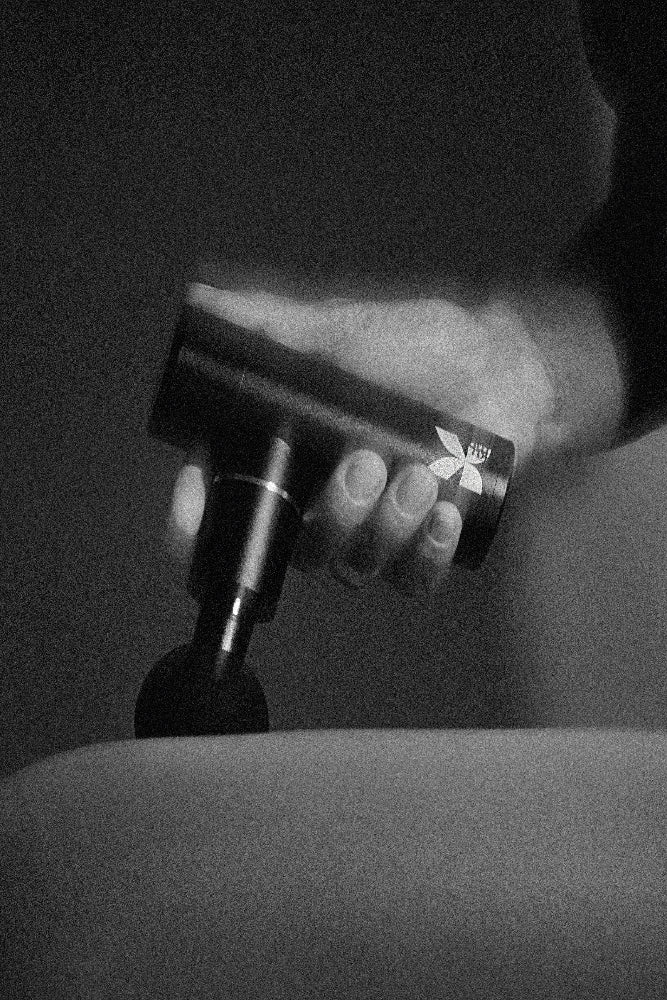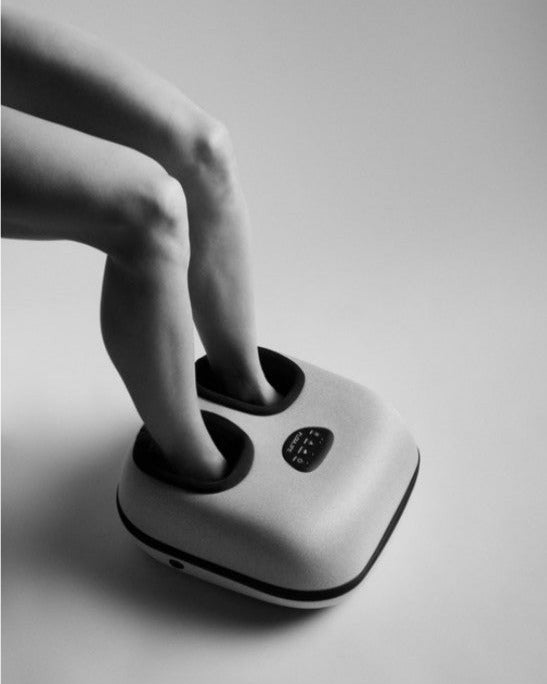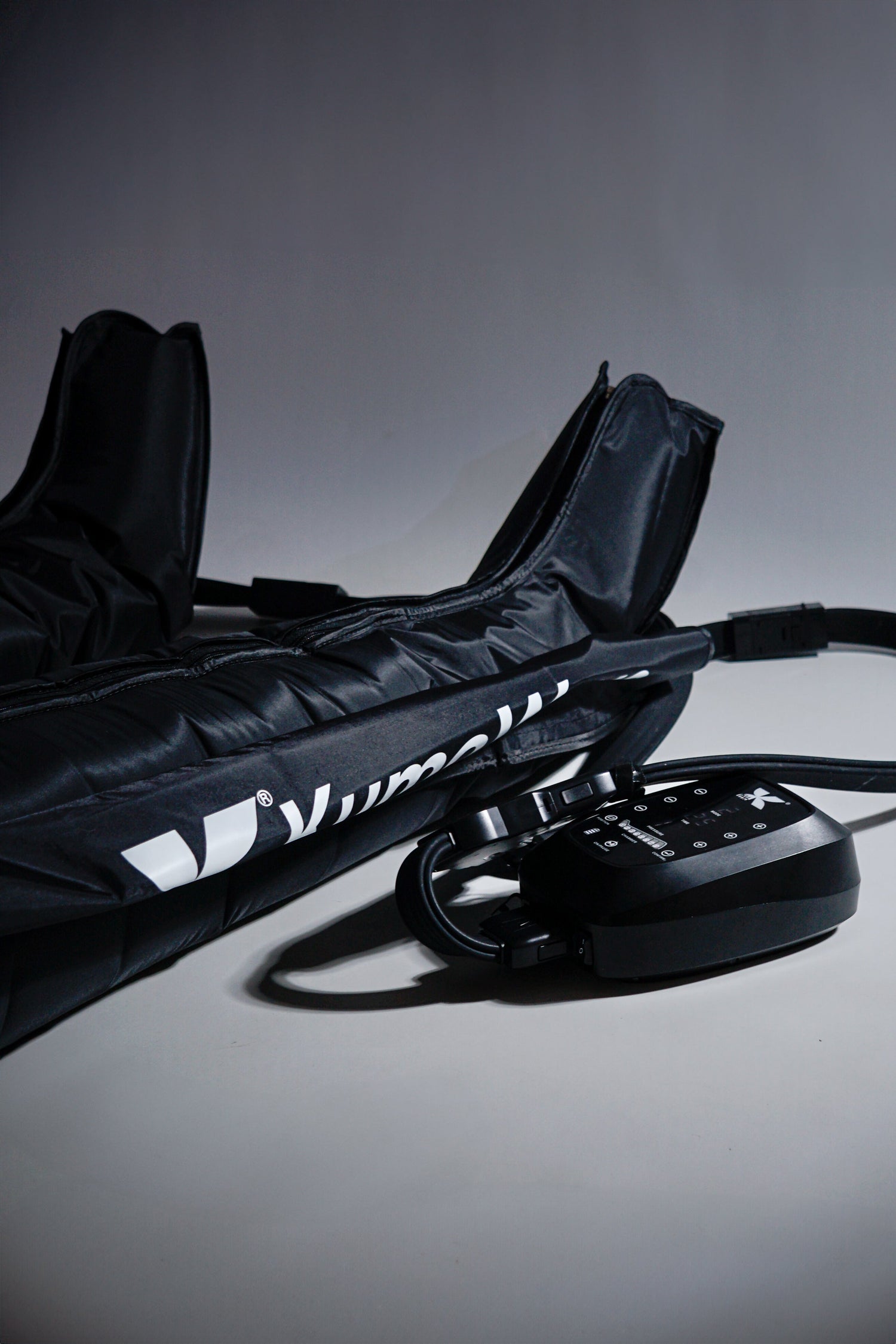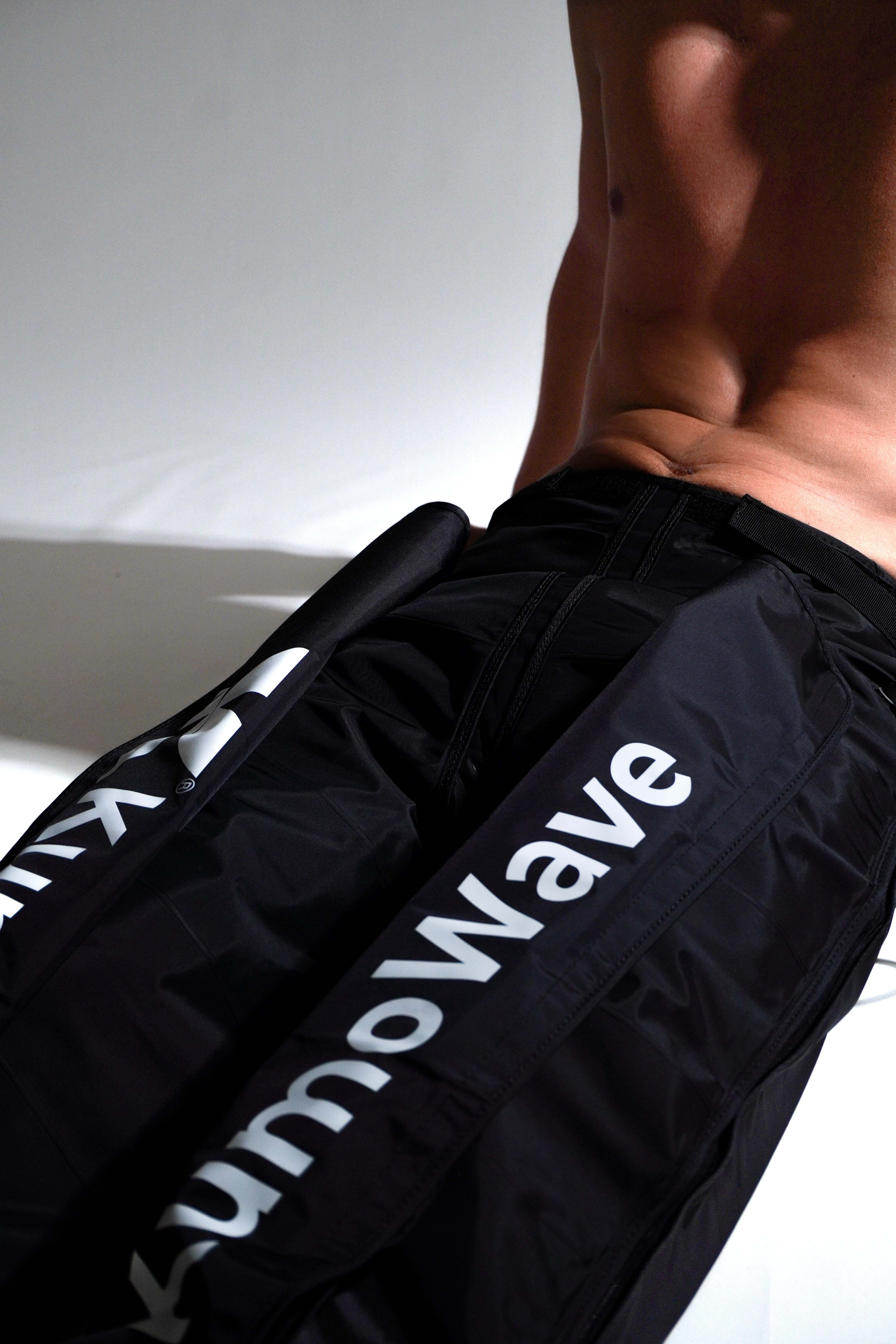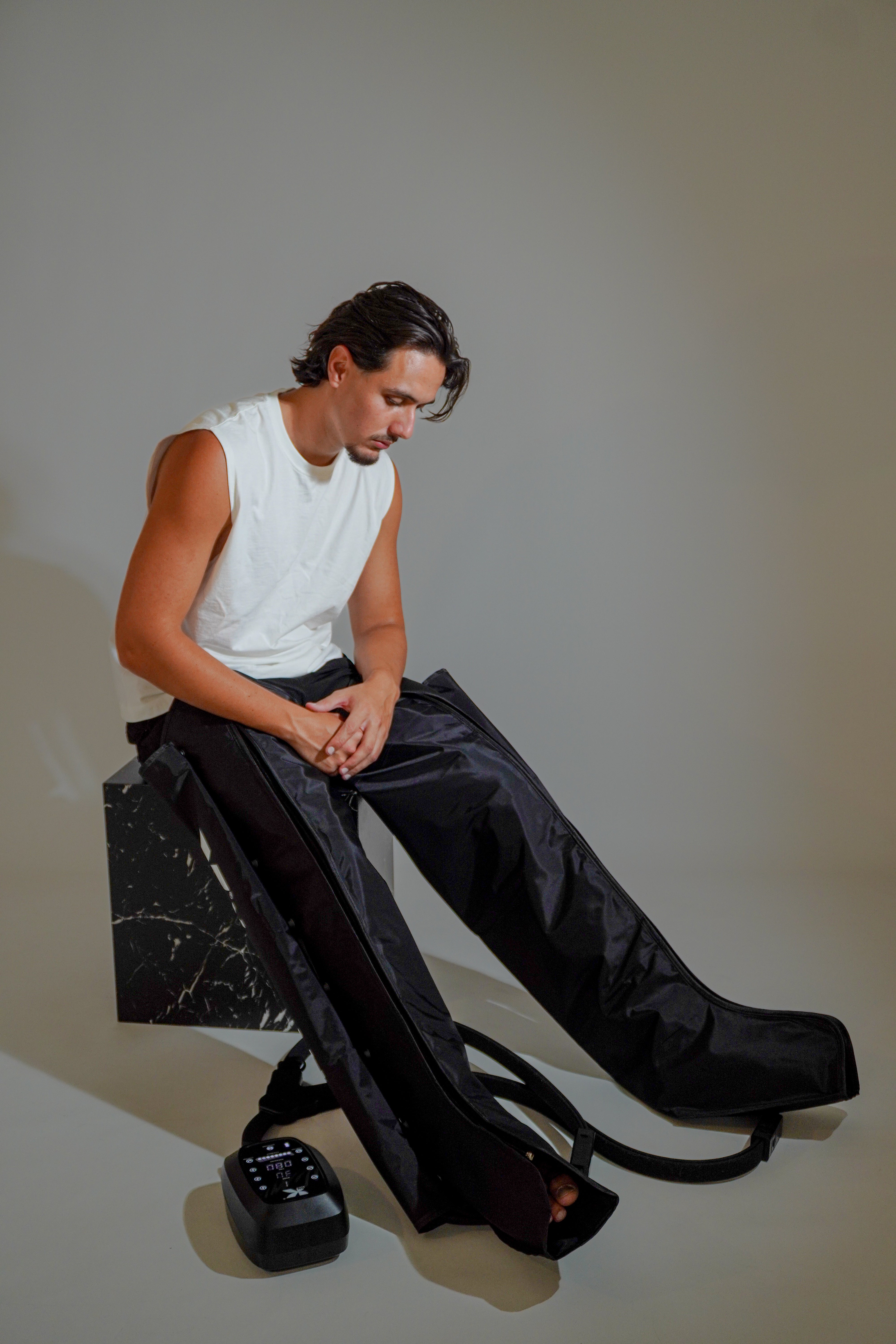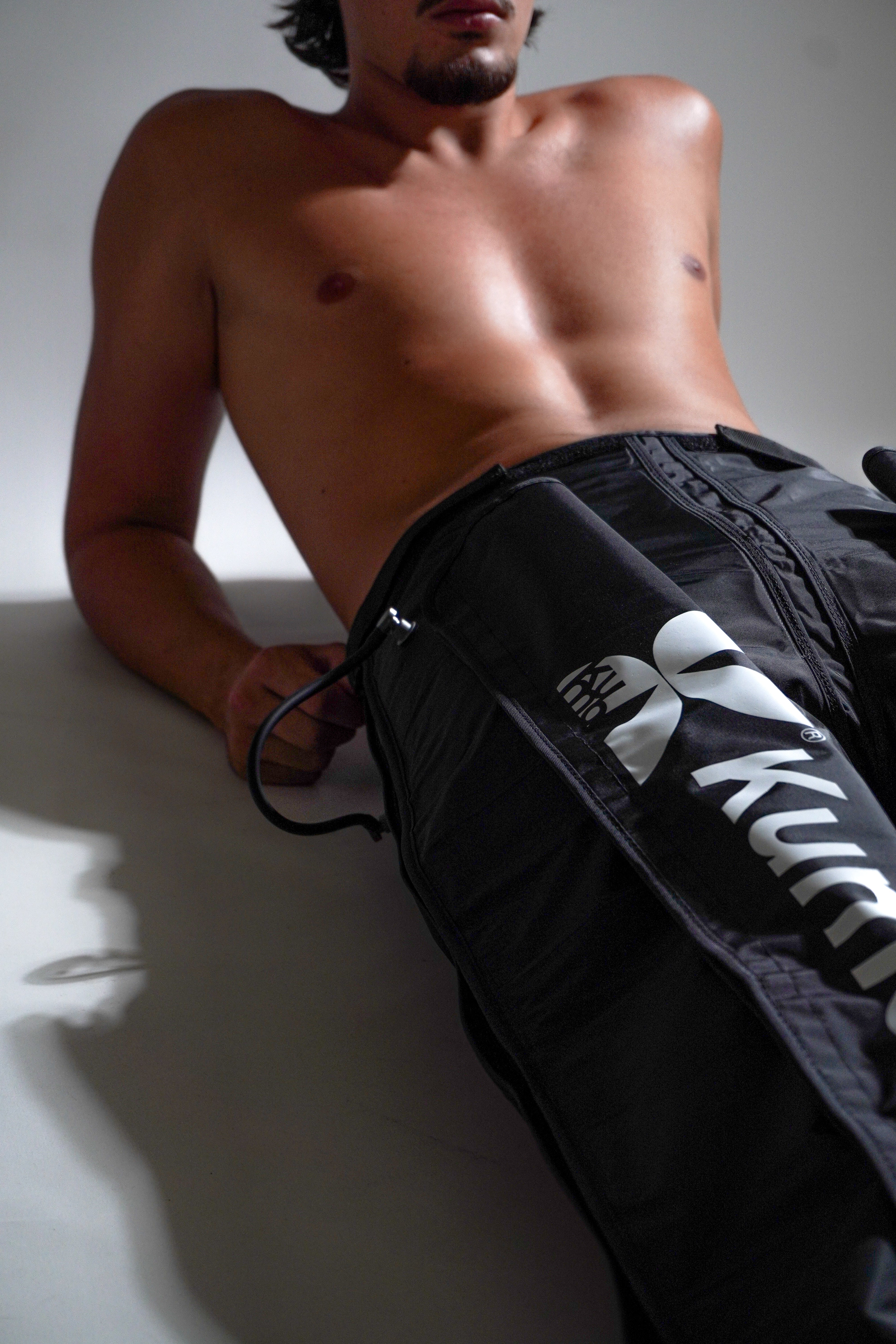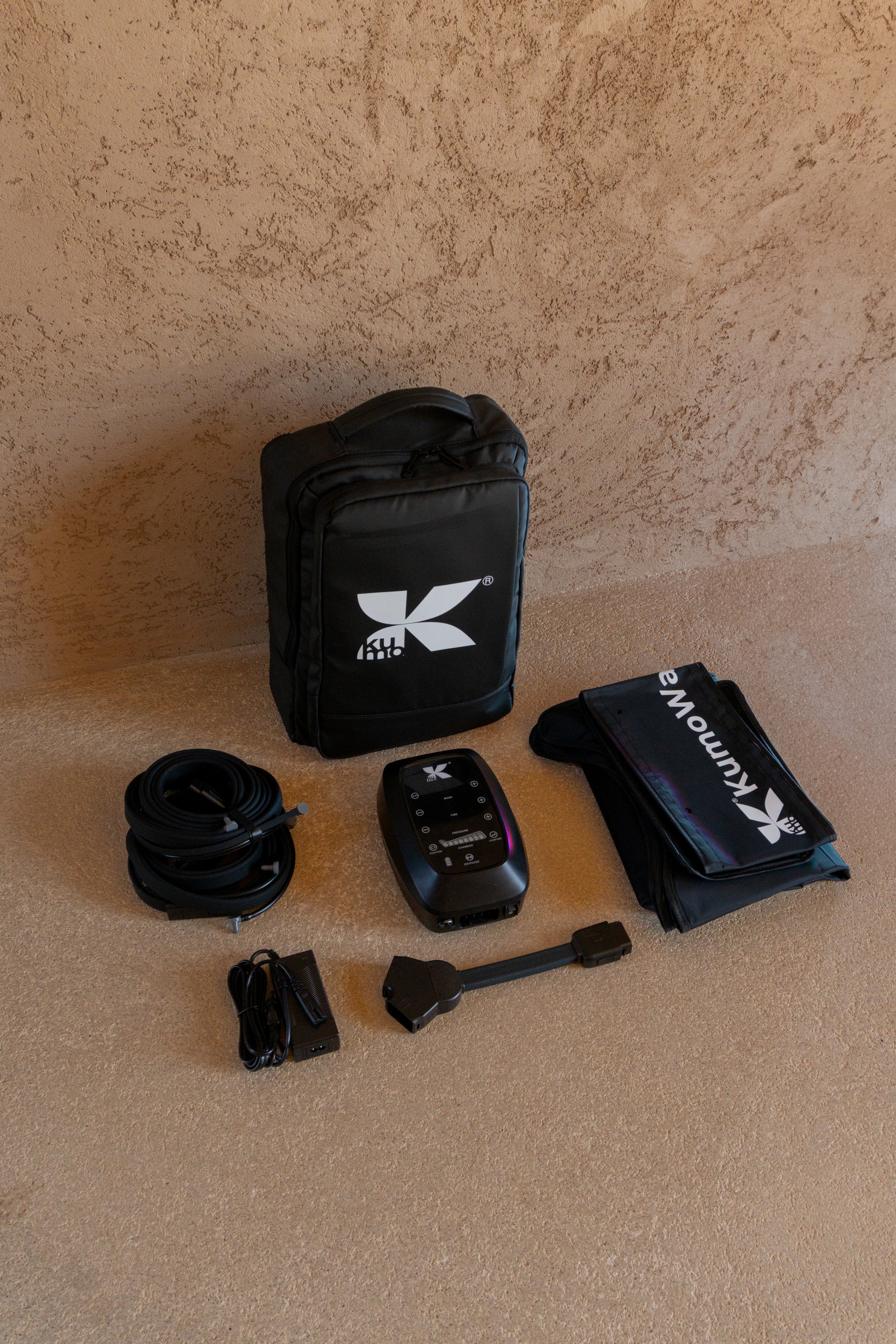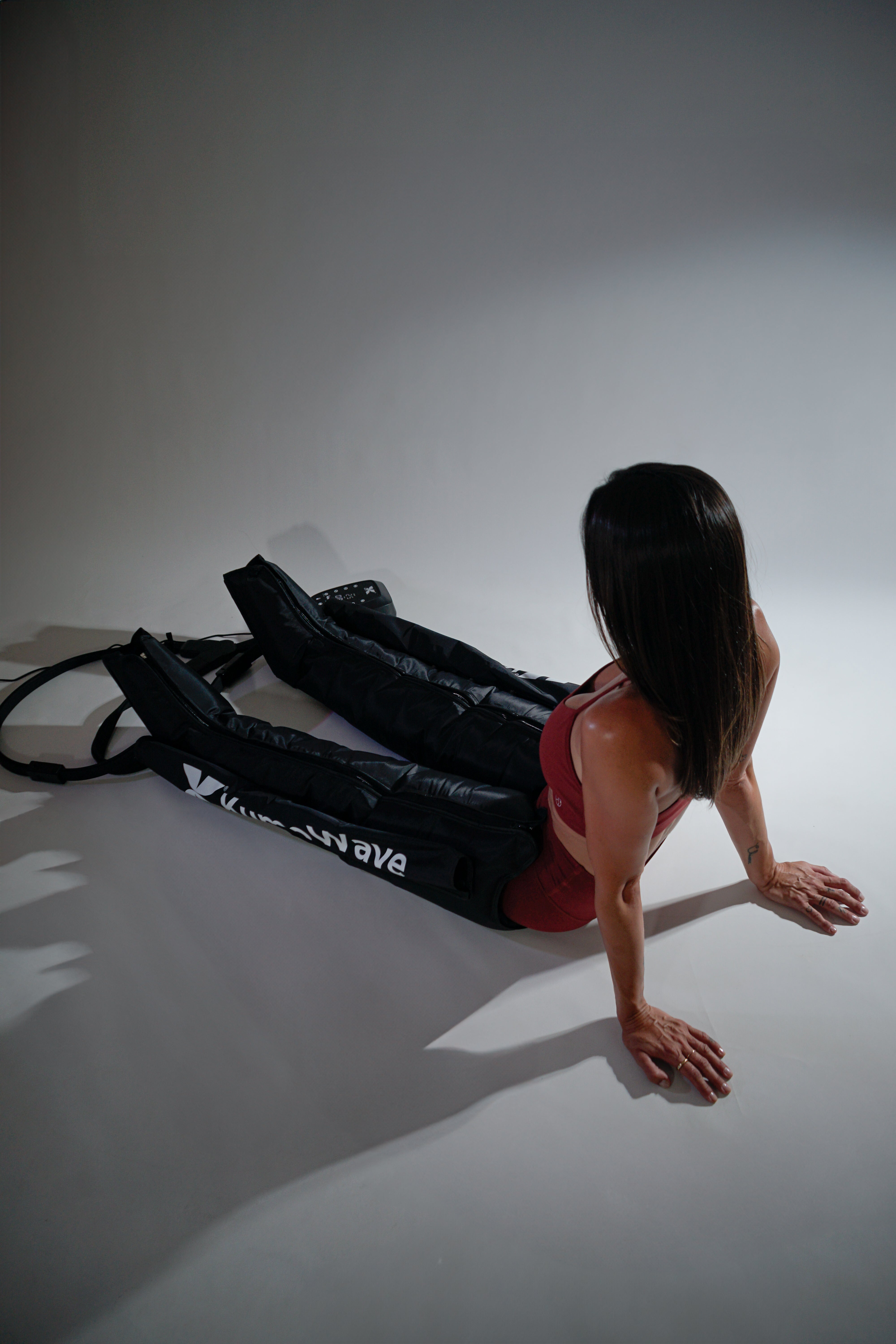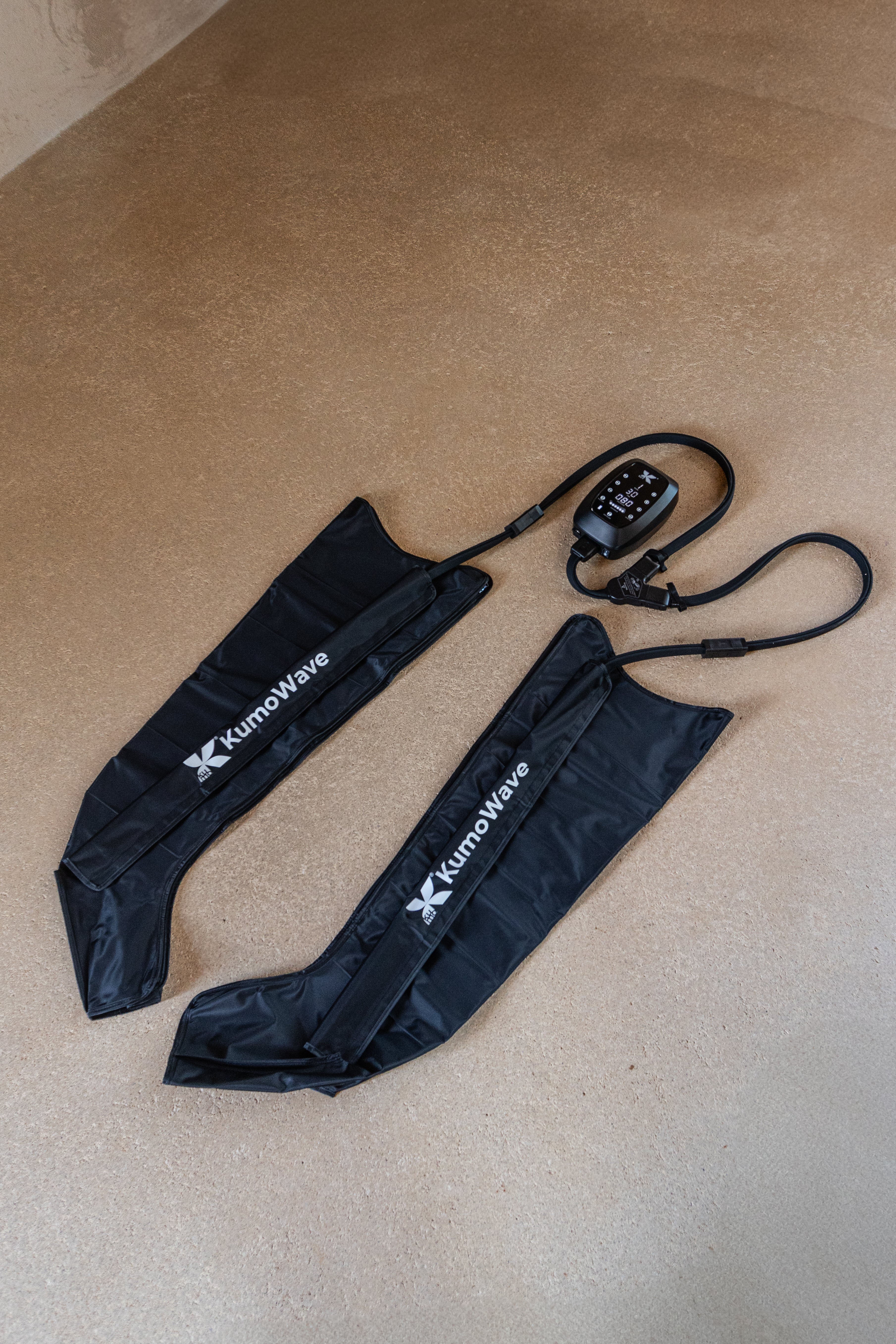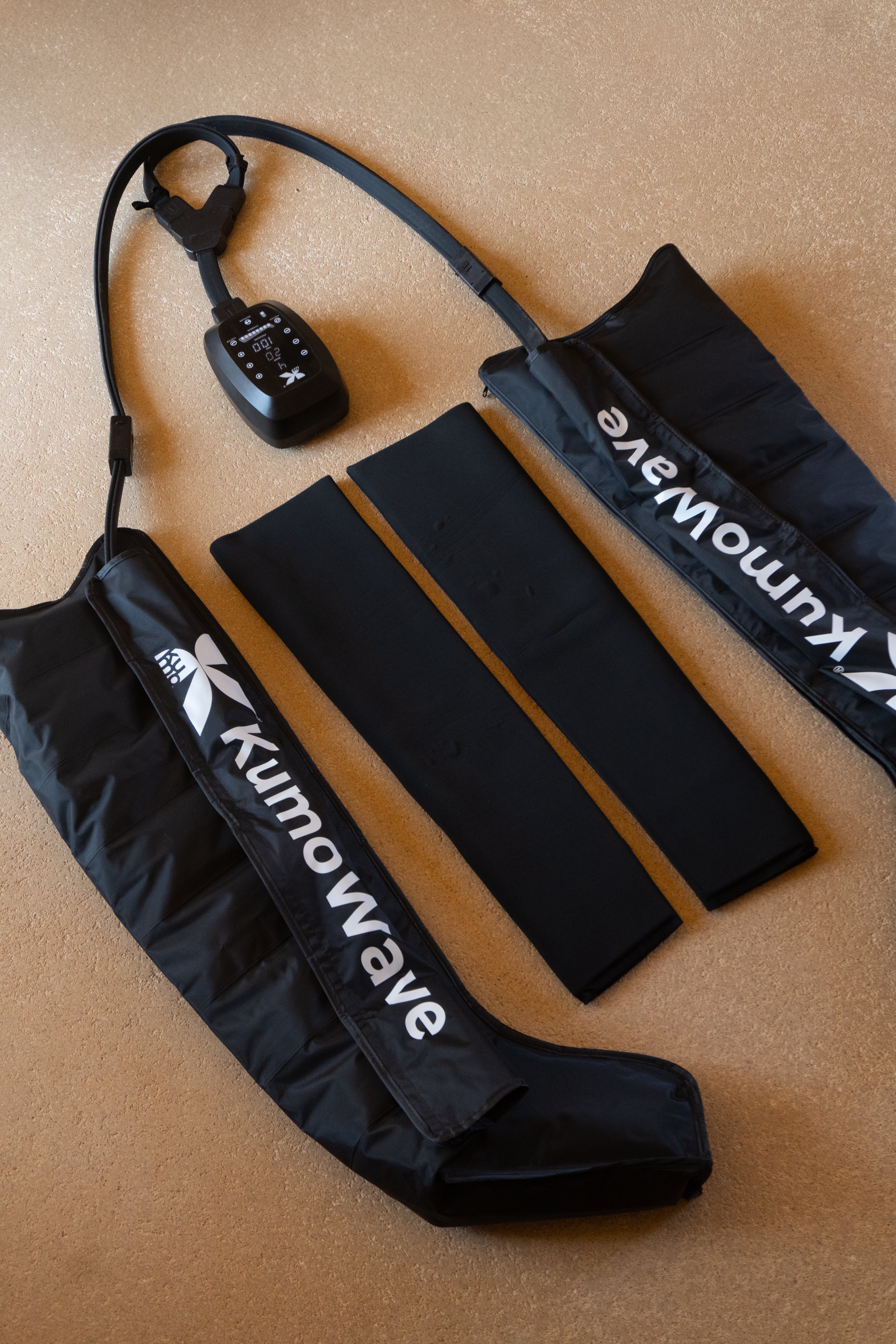Lymphatic drainage and cellulite, no myths: this is what the science shows. If you're wondering if lymphatic drainage reduces the appearance of cellulite, the short answer is: it can help with puffiness and the feeling of heaviness, but it doesn't "cure" cellulite on its own. Evidence suggests modest, temporary benefits when integrated into a comprehensive plan that includes movement, strength, nutrition, and skincare.
Coming soon
- Lymphatic drainage improves fluid return and can temporarily smooth the skin, but it does not eliminate the fibrous septa responsible for cellulite.
- Pressotherapy and manual massage offer similar drainage effects; consistency is key.
- Realistic results: less edema and lighter legs in days; visible changes in texture take weeks and follow-up routines.
- Combine with strength, walking, photobiomodulation (red light) and skin care to enhance results.
- Avoid if you have venous thrombosis, acute infection, or decompensated heart failure; consult first if in doubt.
| That | What you can contribute | Evidence | Limitations | Useful tools |
|---|---|---|---|---|
| Lymphatic drainage (manual/technological) | Less edema, feeling of lightness, smoother skin temporarily | Solid for lymphedema; limited and preliminary for cellulitis | Temporary effect; does not break fibrous septa | Pressotherapy boots |
| Movement and force | Less subcutaneous fat, tone, better circulation | Consisting of body composition | It requires consistency and progression | Strength + walking routine |
| Photobiomodulation (red light) | Improves collagen and skin texture | Studies on skin and tissue repair | Not specific for cellulite | LED light therapy |
| Tissue massage | Improves flow, tension relief | Recovery support | Local, temporary effect | KumoPulse Air Massage Gun |
Cellulite: what it is and why it appears
Cellulite (or gynecoid lipodystrophy) is a structural change in the subcutaneous tissue: the fibrous septa "pull" downward while the fatty lobules protrude upward, creating an orange-peel skin appearance. Hormonal, genetic, microcirculation (venous/lymphatic), and lifestyle factors influence its expression and severity. It is not a disease, but it can affect self-esteem.
Science agrees that cellulite is multifactorial; therefore, a single intervention rarely achieves lasting changes. Clinical reviews emphasize that the most impactful treatments combine connective tissue management, improving body composition, and strategies for skin quality. For a general reference guide on cellulite and its options, review this clinical synthesis of the Mayo Clinic .
Cellulite is best managed as an “ecosystem”: circulation, connective tissue, subcutaneous fat, and skin.
How lymphatic drainage works
The lymphatic system collects excess fluid and metabolic waste, returning it to the circulation. Stimulating it reduces fluid retention and tissue pressure, which can temporarily soften the skin's surface and relieve heavy legs.
Manual vs. technologies (pressotherapy)
- Manual lymphatic drainage (MLD): gentle, rhythmic maneuvers to promote lymphatic flow. It is a cornerstone of lymphedema protocols.
- Pressotherapy (intermittent pneumatic compression): air chambers that inflate in sequence from the foot to the thigh, promoting venous and lymphatic return in a homogeneous manner.
In lymphedema and edema, the evidence is strong for complex decongestive therapy, where MLD and compression have complementary roles (clinical consensus, 2020). A 2015 Cochrane review on MLD in post-breast cancer lymphedema suggests modest added benefits to compression, especially in mild cases, although not always significant across all outcomes. See the analysis in the Cochrane Library .
If you are looking for a practical tool for home, the pressotherapy boots They offer consistent and programmable sessions, ideal for supporting recovery and a feeling of lightness in the legs.
What effects can we expect on cellulite?
- Probable benefits: reduced edema, short-term “less padded skin,” improved comfort and mobility.
- What it doesn't do: It does not break down fibrous septa or remodel the architecture of the subcutaneous tissue on its own.
- Implication: For visible and sustained change, integrate drainage with strength training, stress management, sleep, and skin strategies.
What science says about drainage and cellulite
Available clinical evidence
High-quality evidence evaluating lymphatic drainage specifically for cellulite is limited and heterogeneous. Small studies show subjective improvements and slight reductions in circumference or appearance, often temporary. What is consistent is the relief of edema and heaviness, which may improve skin appearance in the short term.
In conditions with overt edema, such as lymphedema, MLD and compression are well established (lymphological society consensus documents, 2020). By mechanical analogy (less interstitial fluid, less tension), some of this benefit may be transferred to cases of cellulite with fluid retention, although the cosmetic effects are usually modest.
Other interventions with useful support
- Strength training and aerobic activity: reduce subcutaneous fat, improve tone, and improve circulation. Aesthetic improvements usually appear after 8–12 weeks of consistent exercise.
- Photobiomodulation (red light/LED): growing evidence for collagen stimulation, microcirculation, and tissue repair; useful for supporting skin quality. Review available at NCBI-PMC . Explore options for LED light therapy .
- Mechanical massage and myofascial release: improve tissue flow and glide; a temporary but useful combined effect. At home, a massage gun facilitates consistency.
How to integrate it into your routine (practical plan)
Suggested weekly protocol
- 2–4 drainage sessions (manual or pressotherapy) of 20–30 minutes, leaving at least 24 hours between intense sessions.
- Daily movement: 7,000–10,000 steps or 30–45 minutes of gentle walking/cycling to activate the muscle-venous pump.
- Strength 2–3 days/week: Emphasis on lower body and core; gradual progression.
- Skin care 3–5 days/week: red/LED light + moisturizers with upward massage.
- Habits: sleep 7–9 h, moderate salt intake if you retain fluids, adequate proteins to support collagen.
To resolve doubts about which device fits your goals and lifestyle, visit KUMO Balance either contact our team .
Signs of progress and realistic timelines
- Short term (days): lighter legs, less sock marks, less feeling of congestion.
- Weeks 4–8: Discreet changes in texture and contour if you combine drainage + strength + habits.
- Useful follow-up: photos with same lighting, tape measure in areas of interest, comfort scale (0–10), session log.
Consistency beats intensity: 3 months of routine beats sporadic “marathons.”
Safety: Who should avoid it or consult beforehand
- Avoid drainage/pressure therapy in: deep vein thrombosis, decompensated heart failure, active skin infections, unhealed wounds, severe unexplained pain.
- Caution and prior consultation in: pregnancy, severe symptomatic varicose veins, bleeding disorders, active cancer without medical indication.
- Warning signs: acute pain, increasing redness, shortness of breath, dizziness. If any symptoms occur, stop treatment and consult a professional.
To customize intensity, pressure and frequency, or if you have a medical condition, you can write to us from the page contact .
Frequently Asked Questions (FAQ)
How long does lymphatic drainage last on the appearance of cellulite?
It's usually temporary: hours to a few days. By reducing interstitial fluid and tissue pressure, the skin may appear smoother, but if the stimulus (movement, strength, skin care) isn't maintained, the tissue returns to its previous state. The key is repetition: 2–4 sessions per week, combined with daily walking and exercise, sustain improvement. Think of drainage as "maintenance" of the terrain, not a definitive procedure.
Is pressotherapy or manual massage better for fluid retention?
Both promote venous-lymphatic return through similar mechanisms (gentle and rhythmic pressure gradients). The choice depends on preference, accessibility, and consistency. Pressotherapy offers consistent, programmable sessions at home, which helps maintain a routine; manual drainage stands out for its adaptation to specific areas and the perception of well-being. If you prioritize adherence and repetition, good results are achieved. pressotherapy boots They are a great ally.
Can lymphatic drainage “eliminate” cellulite?
No. Cellulite involves fibrous septa and fatty compartments that drainage does not structurally alter. It can indirectly improve its appearance by reducing edema and improving microcirculation. For sustained results, combine drainage with strength (for tone and composition), healthy habits, and skin strategies such as red light. For a general educational reference on the condition, review the guide. Mayo Clinic .
Does red light help with cellulite?
Photobiomodulation doesn't "erase" cellulite, but it can improve collagen density, elasticity, and microcirculation, promoting better-quality skin and, potentially, a more even appearance. The evidence in skin is promising, with studies showing improvements in texture and healing, although it's not specifically designed for cellulite. If you integrate it, do so as skin support, along with drainage and strength. Explore options in our skin section. LED therapy and the review in NCBI-PMC .
How often should I do lymphatic drainage?
For maintenance and comfort, 2–4 weekly sessions work well for most people. During weeks of increased stress (heat, travel, long hours on your feet), you can increase the frequency to your tolerance. Maintain sessions of 20–30 minutes with gentle, pain-free pressure. Combine with daily walking and 2–3 strength sessions to consolidate results. For medical conditions, please request individual advice from our team. contact form .
References and useful readings
- Cochrane Review: Manual lymphatic drainage for breast-cancer related lymphedema (2015). Cochrane Library .
- Cellulite – Overview of Causes and Treatments Mayo Clinic .
- Photobiomodulation and skin (review). NCBI-PMC .
To retain
- Lymphatic drainage primarily helps with edema and feelings of heaviness; its aesthetic effect is modest and temporary.
- Cellulite is multifactorial: combine drainage with strength, daily steps, and skin care to achieve results.
- Consistency (weeks/months) is worth more than specific intensity.
- Adjust the pressure and frequency to your tolerance; if there is any pathology, consult first.
- Well-used technology facilitates adherence: pressotherapy and red light are practical allies.
Ready to incorporate smart recovery into your routine? Find out more at KUMO Balance and explore our pressotherapy boots wave LED light therapy to take the next step.
